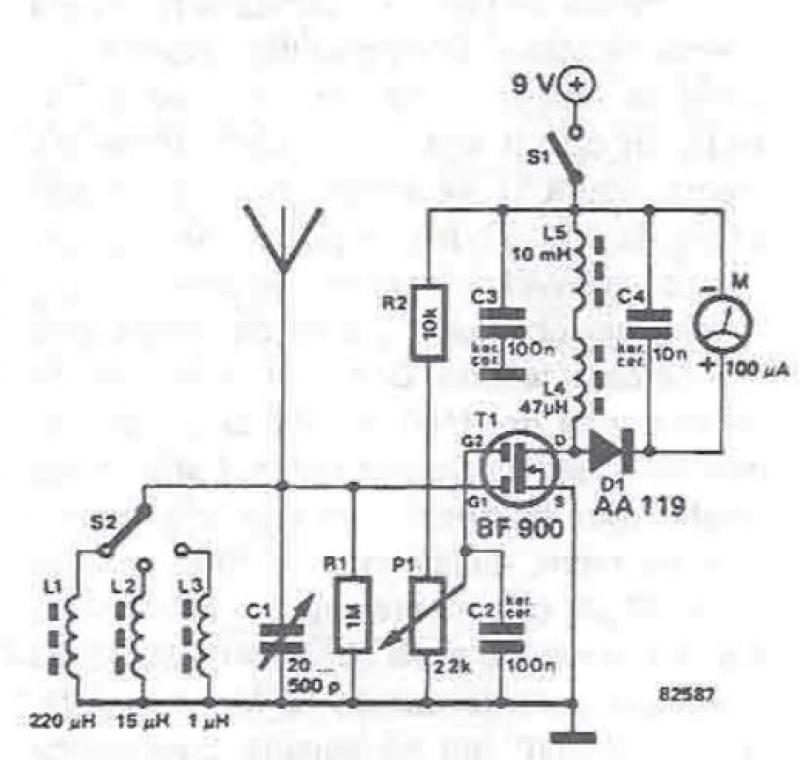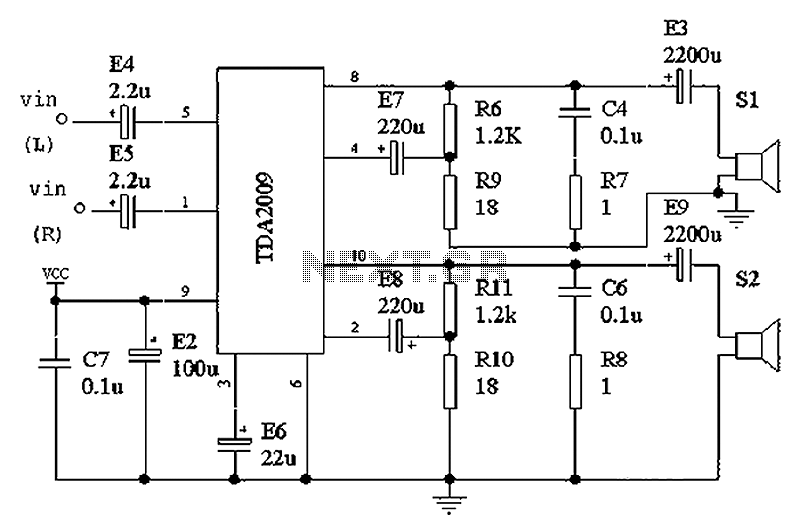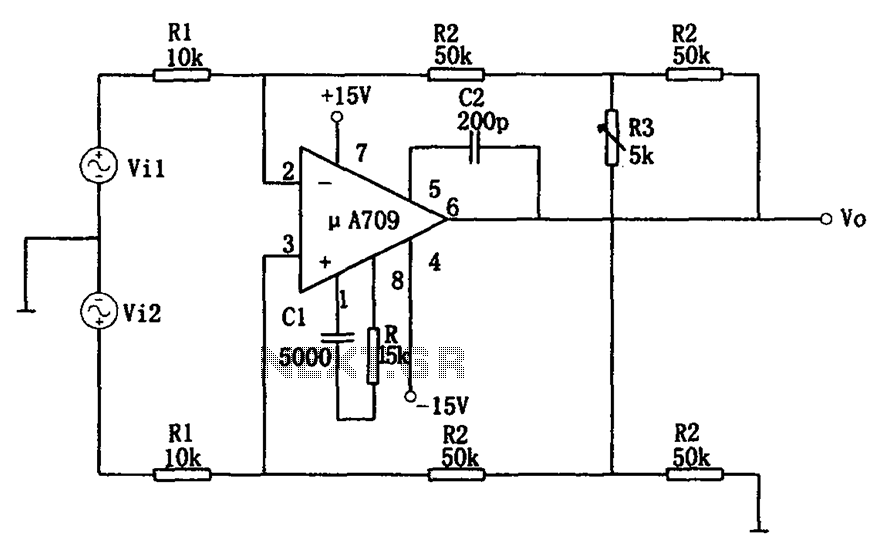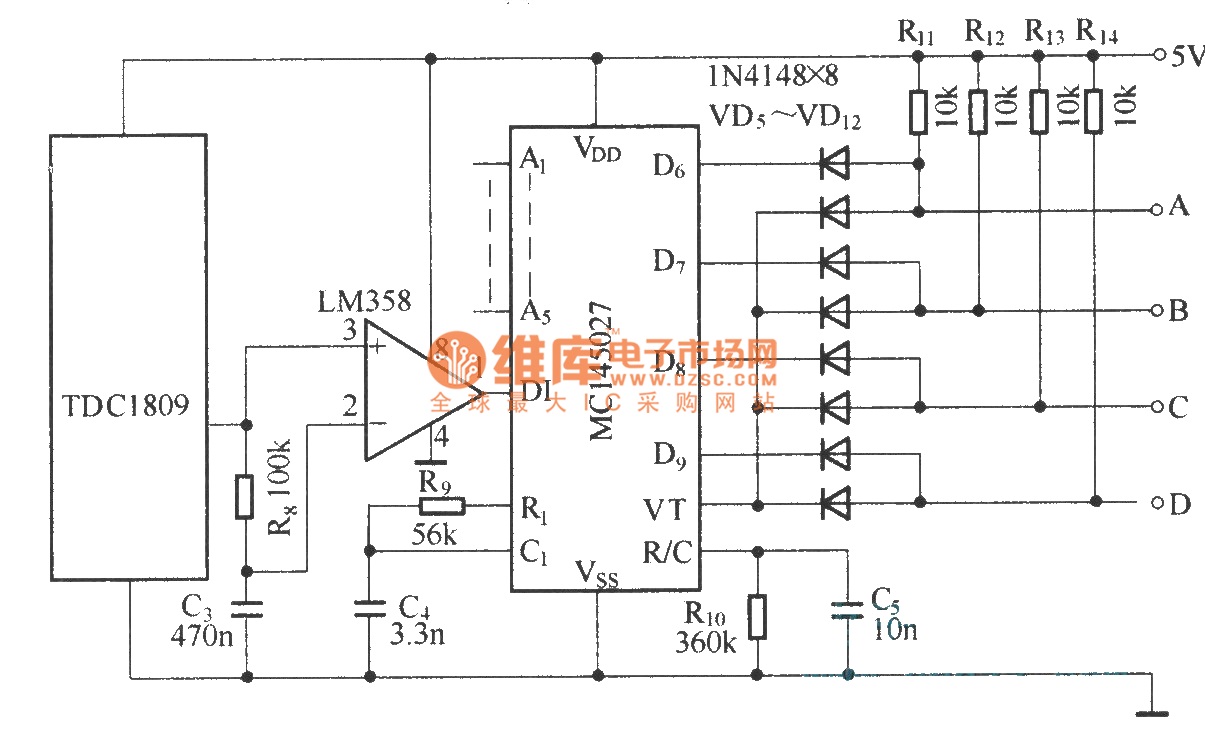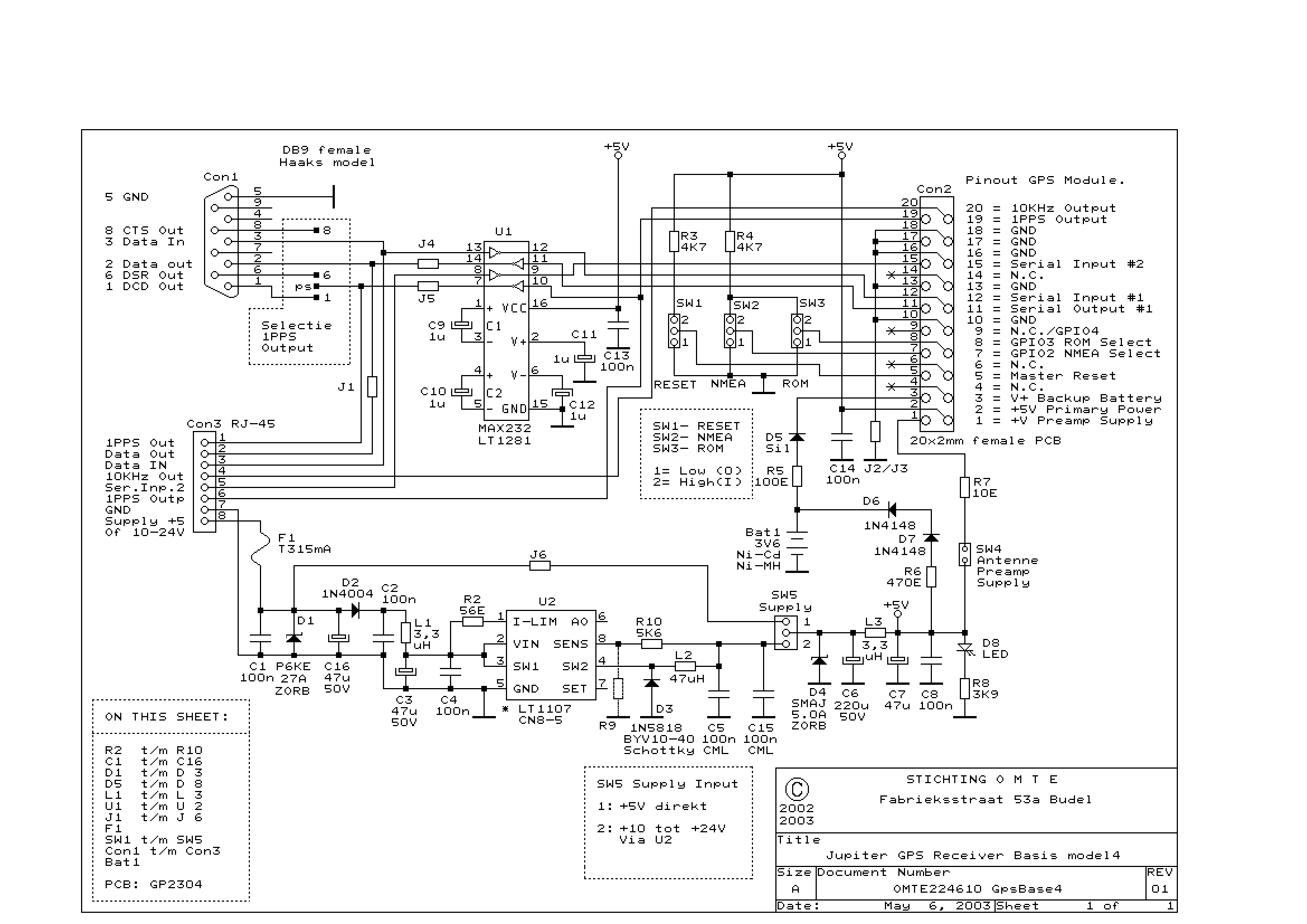
1998 DR-650 Suzuki Wiring Diagram Off-road Bike
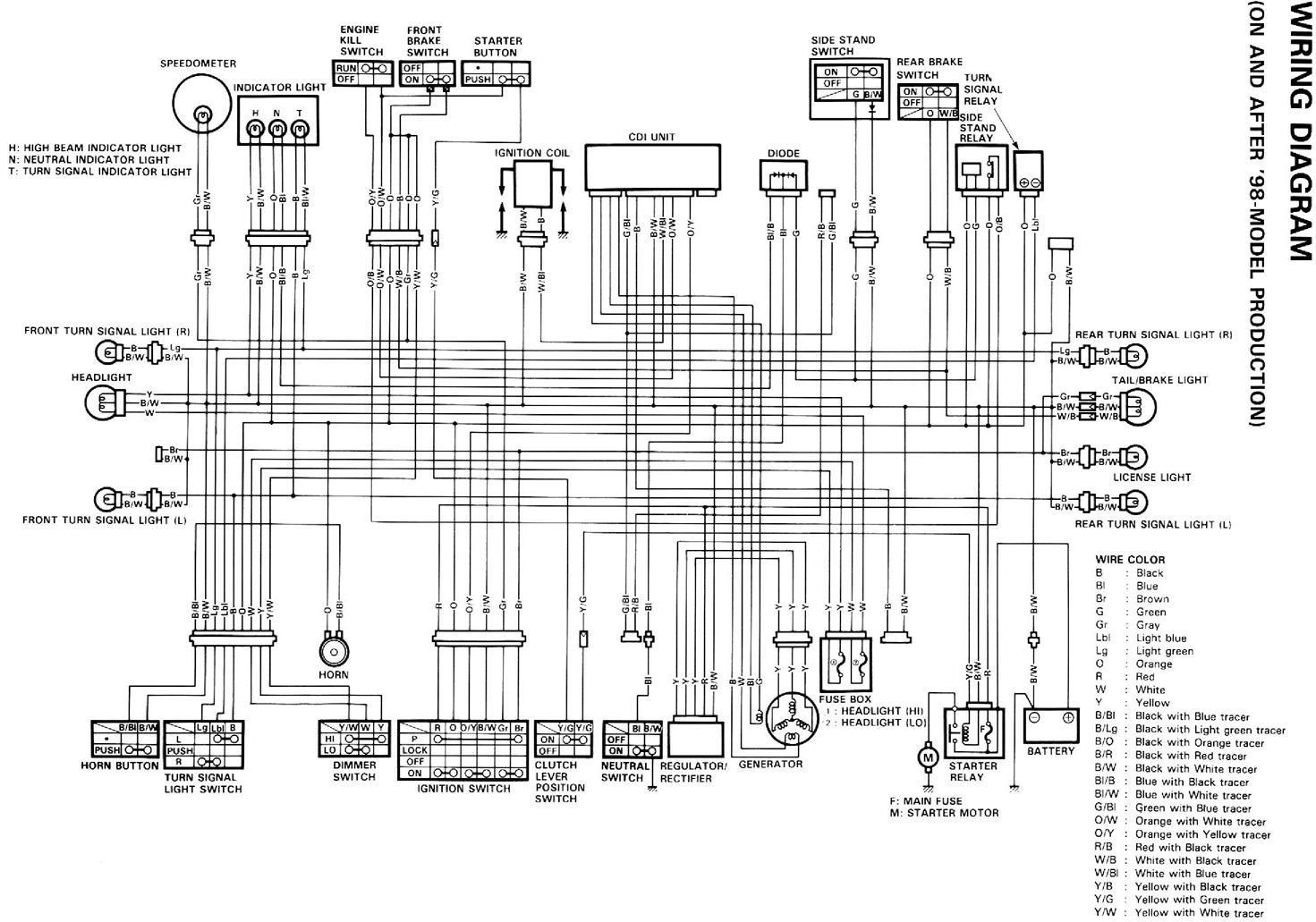
The DR-650 wiring diagram pertains to the Suzuki DR-650, a single-cylinder, dual-sport motorcycle. This wiring diagram includes a color code for the wires. The schematic diagram provides complete connections for various components, such as the speedometer, lights, CDI unit, and clutch position switch. It is important to note that the stock stator on both new and old DR-650 models has a power output of 200 watts.
The wiring diagram for the Suzuki DR-650 serves as an essential tool for understanding and troubleshooting the motorcycle's electrical system. It illustrates the arrangement and connections of various electrical components, which are crucial for the proper functioning of the motorcycle. The use of color-coded wires simplifies the identification of each wire's function, facilitating easier repairs and modifications.
Key components depicted in the schematic include the speedometer, which provides vital information regarding the motorcycle's speed and distance traveled. The lighting system, encompassing both front and rear lights, is crucial for visibility and safety during rides, especially in low-light conditions. The CDI (Capacitor Discharge Ignition) unit is responsible for the motorcycle's ignition system, ensuring that the engine receives the necessary spark for combustion. Additionally, the clutch position switch plays a critical role in the safety features of the motorcycle, preventing the engine from starting unless the clutch is engaged.
The stock stator's output of 200 watts is significant as it determines the electrical system's capacity to power various components. This power output must be managed effectively to ensure that all electrical devices operate smoothly without overloading the system. Understanding the wiring diagram helps in diagnosing issues related to the electrical system, such as faulty connections, shorts, or component failures.
In summary, the DR-650 wiring diagram is an invaluable resource for both maintenance and customization of the Suzuki DR-650 motorcycle, providing clear visual guidance on the electrical system's layout and functionality.DR-650 wiring diagram. Suzuki DR-650 is a single cylinder, dual-sport motorcycle. This off-road bike wiring diagram is has wire colors code included. This DR-650 schematic diagram has complete parts wires connection to show, like speedometer, lights, CDI unit, clutch position switch, etc. Things you should know about DR650 electrical, stock stator on new and old DR650s is 200 watts. 🔗 External reference
The wiring diagram for the Suzuki DR-650 serves as an essential tool for understanding and troubleshooting the motorcycle's electrical system. It illustrates the arrangement and connections of various electrical components, which are crucial for the proper functioning of the motorcycle. The use of color-coded wires simplifies the identification of each wire's function, facilitating easier repairs and modifications.
Key components depicted in the schematic include the speedometer, which provides vital information regarding the motorcycle's speed and distance traveled. The lighting system, encompassing both front and rear lights, is crucial for visibility and safety during rides, especially in low-light conditions. The CDI (Capacitor Discharge Ignition) unit is responsible for the motorcycle's ignition system, ensuring that the engine receives the necessary spark for combustion. Additionally, the clutch position switch plays a critical role in the safety features of the motorcycle, preventing the engine from starting unless the clutch is engaged.
The stock stator's output of 200 watts is significant as it determines the electrical system's capacity to power various components. This power output must be managed effectively to ensure that all electrical devices operate smoothly without overloading the system. Understanding the wiring diagram helps in diagnosing issues related to the electrical system, such as faulty connections, shorts, or component failures.
In summary, the DR-650 wiring diagram is an invaluable resource for both maintenance and customization of the Suzuki DR-650 motorcycle, providing clear visual guidance on the electrical system's layout and functionality.DR-650 wiring diagram. Suzuki DR-650 is a single cylinder, dual-sport motorcycle. This off-road bike wiring diagram is has wire colors code included. This DR-650 schematic diagram has complete parts wires connection to show, like speedometer, lights, CDI unit, clutch position switch, etc. Things you should know about DR650 electrical, stock stator on new and old DR650s is 200 watts. 🔗 External reference
